What is Vaporwave and when did it come into play?
In-between psychedelia and electropop, the late ’00s Chillwave —aka Hypnagogic pop and in some way, a successor of the ’90s dreamy and distorted Shoegazing— exploded in this last decade into the most bizarre microgenres. With slow-tempo, lots of synthesizers, sampling, and processing, what currently falls in this category reminisces the ’80s and ’90s in a spaced, chilled vibe, through engaging emotions of “anemoia” and wistfulness as the Millenials satisfy their nostalgia for the times when computer electronics boomed.
Following these lo-fi aesthetics, the ironic variant of Vaporwave invaded the internet as a musical form of “meme”, manipulating tracks through chopped and screwed techniques as if it were a simple collaged mixture of trending images. Through a satirical take on pop culture and consumer capitalism, the subculture keeps breaking down into all kinds of specific areas.
Unlike its direct sibling Synthwave, characterized by a faster-undistorted tempo, and a clean realistic futuristic-gaming style —marked simultaneously by the ’80s dimmed deindustrialization scene—, Vaporwave embraces surrealistic creativity rooted in the 90’s economic boom through retro Asian TV commercials, party-vibed anime and mimicking shopping-malls’ passive ambient music.

Producers such as Daniel Lopatin (Good Time and Uncut Gems), James Ferraro and Ramona Xavier, who each used various pseudonyms, are praised as pioneers of the Vaporwave branch.
Lopatin is an experimental artist first known for his 2009 compilation named Rift, which on the basis of ’70s Cosmic Music and ’80s New Age brings his experience of Brooklyn’s noise music scene into form, recontextualizing any sound without a beat as a form of music. That same year he started uploading old lo-fi remixes under the name of Sunset Corp with a positive users’ reaction describing it as both “soothing and unsettling”. In 2010 and under a different alias he released Chuck Person’s Eccojams (referencing Sega’s game Ecco the Dolphin) in the sole form of cassettes, in which he sampled popular 80’s and 90’s artists such a Toto, Phil Collins and Michael Jackson into a twisted and chaotic composition.
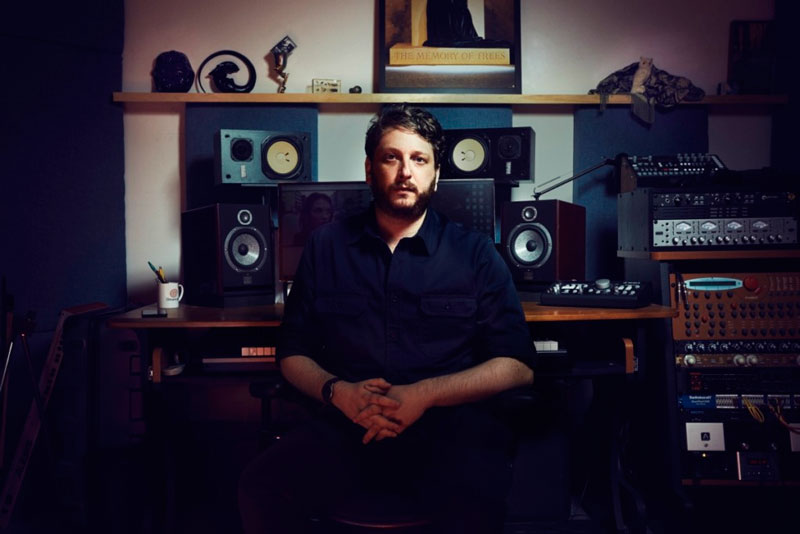
In 2017 and under his current artist name Oneohtrix Point Never, Daniel Lopatin recorded the soundtrack for the Safdie Brother’s frenetic film Good Time, followed by their next Netflix film Uncut Gems, featuring Adam Sandler as gambling addict and jewelry store owner Howard Ratner in Manhattan’s Diamond District. “The Ballad Of Howie Bling” track reminisces without a doubt Vangelis’ 1977 concept album Spiral song’s “Ballad“, which explores in a similar line to Lopatin’s theme the nature of the universe through electronic music.
The following year after Eccojams‘ release and behind Lopatin’s trail, James Ferraro employed MIDI files imitating instruments and brought to life Far Side Virtual. The album was first conceived as a series of ringtones that he described as a soundtrack to modern life, engaging with themes such as hyperreality and criticism towards disposable consumer culture present in daily life and reflected in the Sims videogame series and the virtual world Second Life.
As quoted by Ferraro: If you really want to understand Far Side, first off, listen to Debussy, and secondly, go into a frozen yogurt shop. Afterwards, go into an Apple store and just fool around, hang out in there. Afterwards, go to Starbucks and get a gift card. They have a book there on the history of Starbucks —buy this book and go home. If you do all these things you’ll understand what Far Side Virtual is— because people kind of live in it already.

The still-unnamed genre finally took form one month after Ferraro’s share with the more accessible sound brought by Ramona Xavier (aka Vektroid) under the pseudonym Macintosh Plus in Floral Shoppe. All of the songs’ names were written in Japanese even though the artist, original samples and target audience were Western and the album cover replicated the early 90’s PC aesthetic blended with soft colors and a Hellenistic bust. This would become the most renowned hit of Vaporwave, followed by Home‘s Resonance.
Inspired by Floral Shoppe, amateur producers started creating their own derivative music by sampling slowed-down retro hits and adding effects to create a sense of space with nostalgic collaged covers. An outburst followed-up in the online music platform Bandcamp, where fans could download their material in higher quality and lossless formats.
Without a defined genre name, artists struggled to designate the style until the term “Vaporwave” came up, which resembles the word Vaporware meaning: a product, typically computer hardware or software, that is announced to the general public but is never actually manufactured and in the end describing this hyped-up sensation around new electronic’s consumerism that never comes to reality. Artists stayed, for the most part, anonymous due to the fear of litigation for sampling the music, making it more about the music than the maker itself, and the use of the Japanese language to help obscure the songs became a trend.
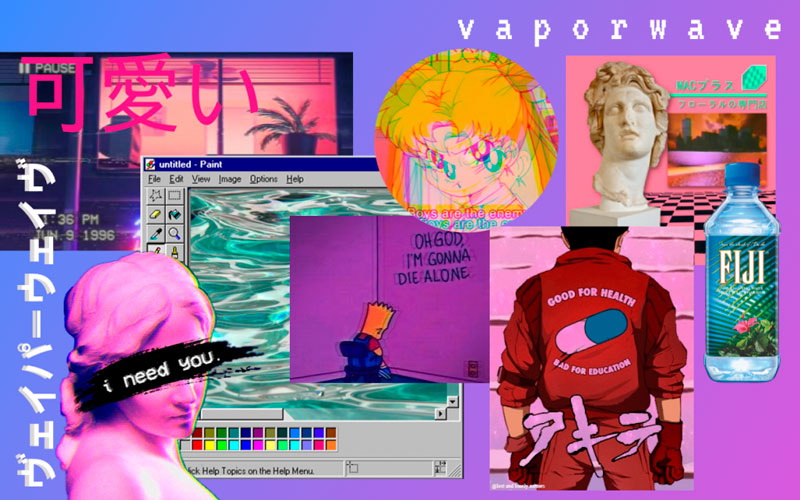
As more people discovered the style, Vaporwave transitioned from a small curiosity to a wide internet phenomenon as this broad subgenre allowed to blend both visual and auditory sorts of artistic expression, synchronizing in a virtual dimension. Early computer and internet imagery blends with glitched art, primal 3D rendering and the sometimes abusive use of Hellenistic sculptures surrounded by a clear color-palette of neon lights and first-gen consoles.
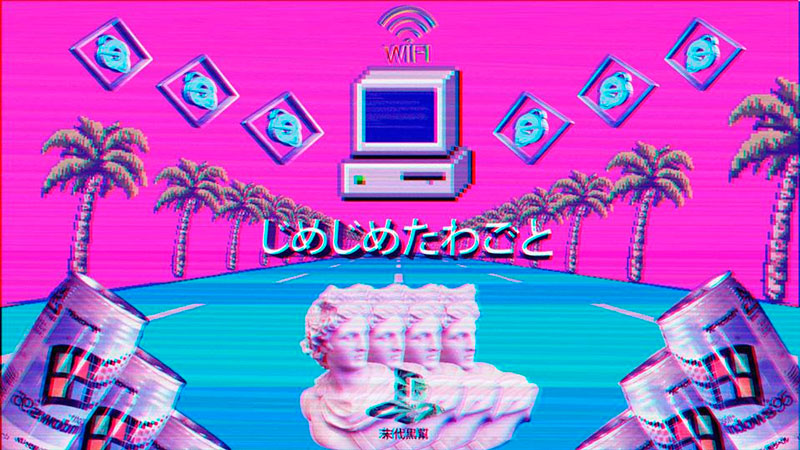
The categorization would go on and explode into a profuse variety of subgenres under the Vaporwave umbrella:
- Future Funk: the most party-friendly, consisting of speeded-up disco and pop songs from the ’80s and early ’90s blended with anime. Heavily tied to Japanese City Pop, which for its part defines as mellow pop music from the late ’70s and ’80s inspired by American pop music, RnB, Funk, and Soft Rock within the country’s economic growth positivity and optimism.
- Utopian Virtual: rooted in Ferraro’s concept of a virtual life’s soundtrack, with the early 3D graphics that are so crisp and clearly unreal.
- Mallsoft: based on Muzak but heard from a deep, distant and distorted echo perspective, hypnotizing background music feels taking place in a hyper-consumerist dreamworld with visuals of empty retro shopping malls in the form of 3D renders and real-life stock photography.
- Vaportrap: with Hip-Hop and Trap roots, mostly know for Blank Banshee.
- Late Night Lo-Fi: samples of the ’80s pop and jazz music, slowed-down with low-quality audio mimicking a recorded program from an old CRT TV in 4:3 format and teletex replication. A more positive variant with an upbeat tempo richer sound and vibrant aesthetics is VHS Pop.

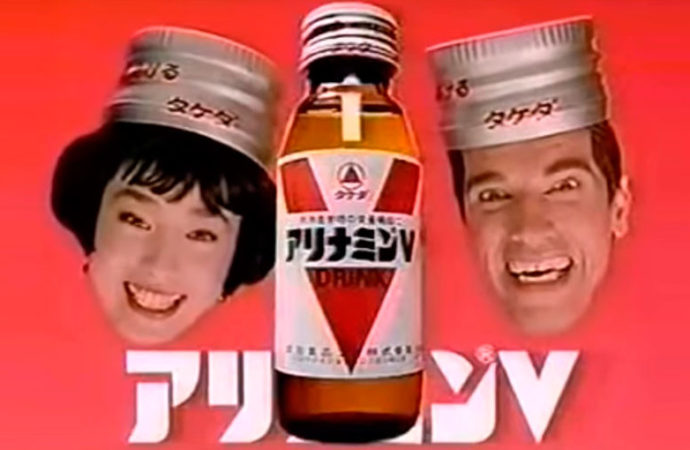

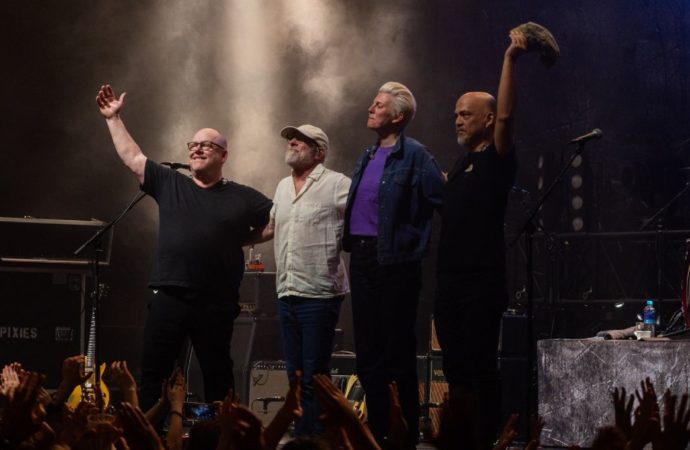

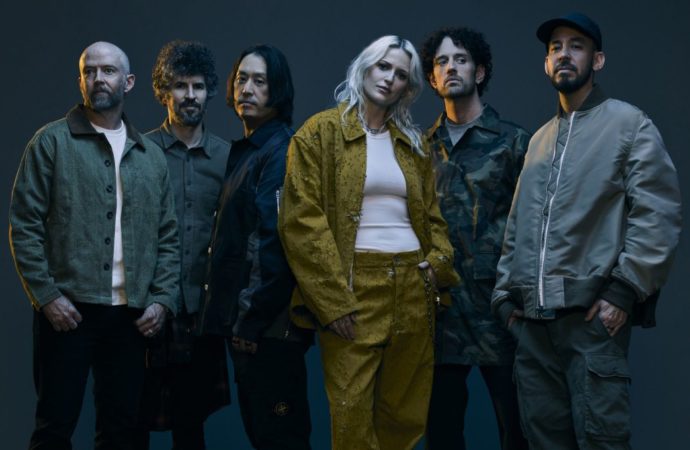
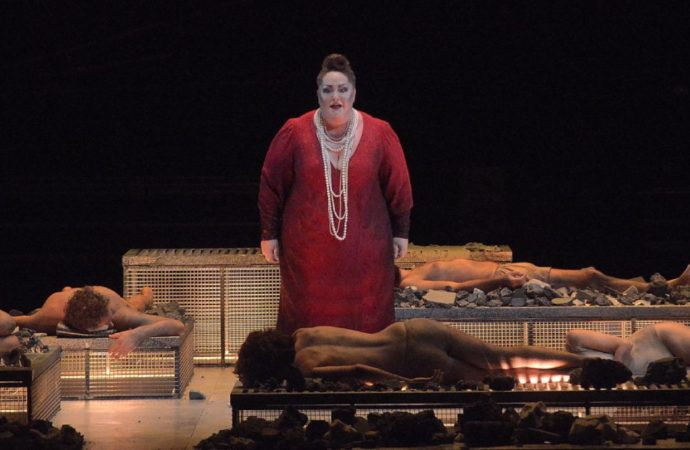
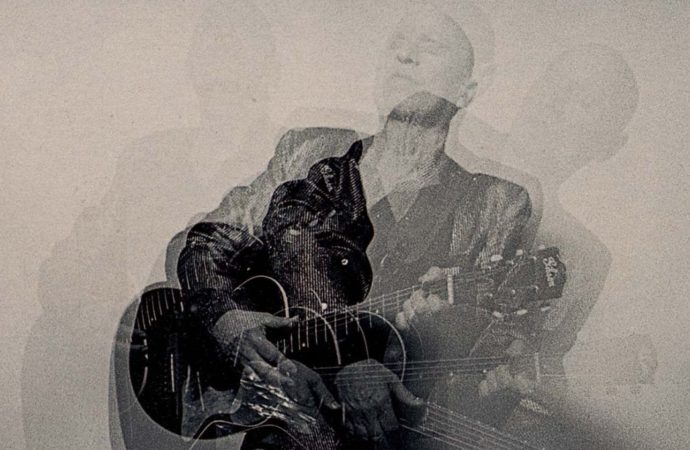

No one has posted any comments yet. Be the first person!